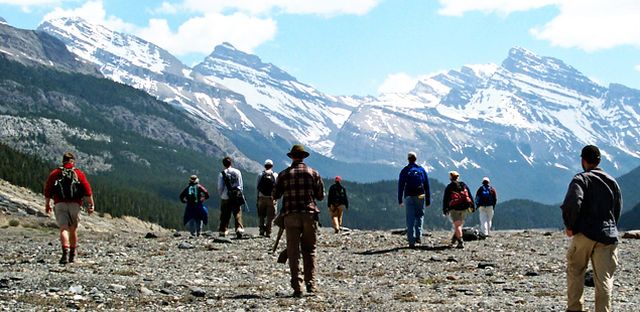
Geology Faculty Publications
Document Type
Article
Publication Date
3-2005
Publication Source
Current Sciences
Abstract
Meteorological data collected near the snout of the Gangotri Glacier suggest that the study area receives less rainfall. The average seasonal rainfall is observed to be about 260 mm. The rainfall distribution does not show any monsoon impact. Amount of seasonal rainfall is highly variable (131.4-368.8 mm) from year to year, but, in general, August had the maximum rainfall. A verage daily maximum and minimum temperatures were 14.7 and 4.1°C respectively, whereas average mean temperature was 9.4°C. July was recorded as the warmest month. During daytime, wind speed was four times higher than that at night-time. The average daytime and night-time winds were 12.6 and 3.0 km/h respectively. Mean seasonal evaporation was 640.8 mm, which is high with respect to the high altitude. Average relative humidity and daily sunshine duration were also high throughout the melting season.
Inclusive pages
753–760
ISBN/ISSN
0011-3891
Document Version
Published Version
Copyright
Copyright © 2005, Current Science Association
Publisher
Current Science Association
Volume
88
Issue
5
Peer Reviewed
yes
eCommons Citation
Singh, Pratap; Haritashya, Umesh K.; Ramasastri, K. S.; and Kumar, Naresh, "Prevailing Weather Conditions During Summer Seasons Around Gangotri Glacier" (2005). Geology Faculty Publications. 25.
https://ecommons.udayton.edu/geo_fac_pub/25
Included in
Geology Commons, Geomorphology Commons, Geophysics and Seismology Commons, Glaciology Commons, Hydrology Commons, Other Environmental Sciences Commons, Paleontology Commons, Sedimentology Commons, Soil Science Commons, Stratigraphy Commons, Tectonics and Structure Commons



Comments
This document is provided for download in compliance with the publisher's policy on self-archiving. Permission documentation is on file.